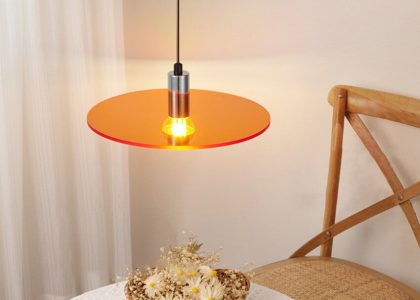Introduction
Light weave is a technique that involves weaving together strips of fabric that are illuminated with LED lights. This unique process creates dazzling and radiant textures that add a stunning element to any space. Light weave can be used in a variety of applications, including art installations, room dividers, and architectural design. In this article, we will explore the art and beauty of light weave, as well as its history and practical uses.
The History of Light Weave
Light weaving is a relatively new technique that was developed in the late 20th century. It is a combination of traditional weaving and LED technology. The first known use of light weave was in the 1990s, when a group of artists in Japan began to experiment with light and fiber materials. This group was called “The Light and Fiber Workshop” and they were inspired by the world around them. They wanted to create a new form of art and design that reflected the beauty of light and its interaction with different materials.
The Techniques of Light Weave
The technique of light weaving involves weaving strips of fabric together in a particular pattern. LED lights are then added to the fabric strips, and the entire piece is connected to a power source. When the lights are turned on, the fabric glows and creates a dazzling effect. There are various techniques that can be used to create different textures and patterns. Some weavers use a single color of light, while others incorporate multiple colors to create a more vibrant and dynamic effect.
The Uses of Light Weave
Light weave can be used in a variety of applications, both practical and artistic. One practical use of light weave is in architecture and interior design. Light weave installations can be used as room dividers or as part of a larger interior design scheme. In some cases, light weave has been used to create entire buildings that glow at night.
Another application of light weave is in art installations. Light weave pieces can be hung on walls or suspended from ceilings, and they create a beautiful and unique visual effect. Some artists have created entire exhibitions that showcase light weave pieces.
The Beauty of Light Weave
The beauty of light weave lies in its ability to create radiant textures and patterns. The combination of fabric and light creates a unique visual experience that is both mesmerizing and breathtaking. When light weave is used in architecture or interior design, it creates an ambiance that is both calming and energizing. In art installations, light weave pieces can add a stunning element to any room or space.
The Future of Light Weave
As technology and design continue to evolve, it is likely that light weave will continue to be used in new and innovative ways. Designers and artists are always looking for new ways to create dynamic and engaging spaces, and light weave offers a unique and inspiring solution. It is also possible that light weave will be used to create functional applications, such as clothing and accessories that use light to create new forms and textures.
Conclusion
Light weave is a truly unique and inspiring technique that combines traditional weaving with LED technology. Its ability to create radiant textures and patterns makes it an ideal choice for architecture, interior design, and art installations. As technology and design continue to evolve, it is likely that light weave will continue to be used in new and innovative ways. The future of light weave is bright, and its beauty and brilliance will continue to captivate and inspire us for years to come.


